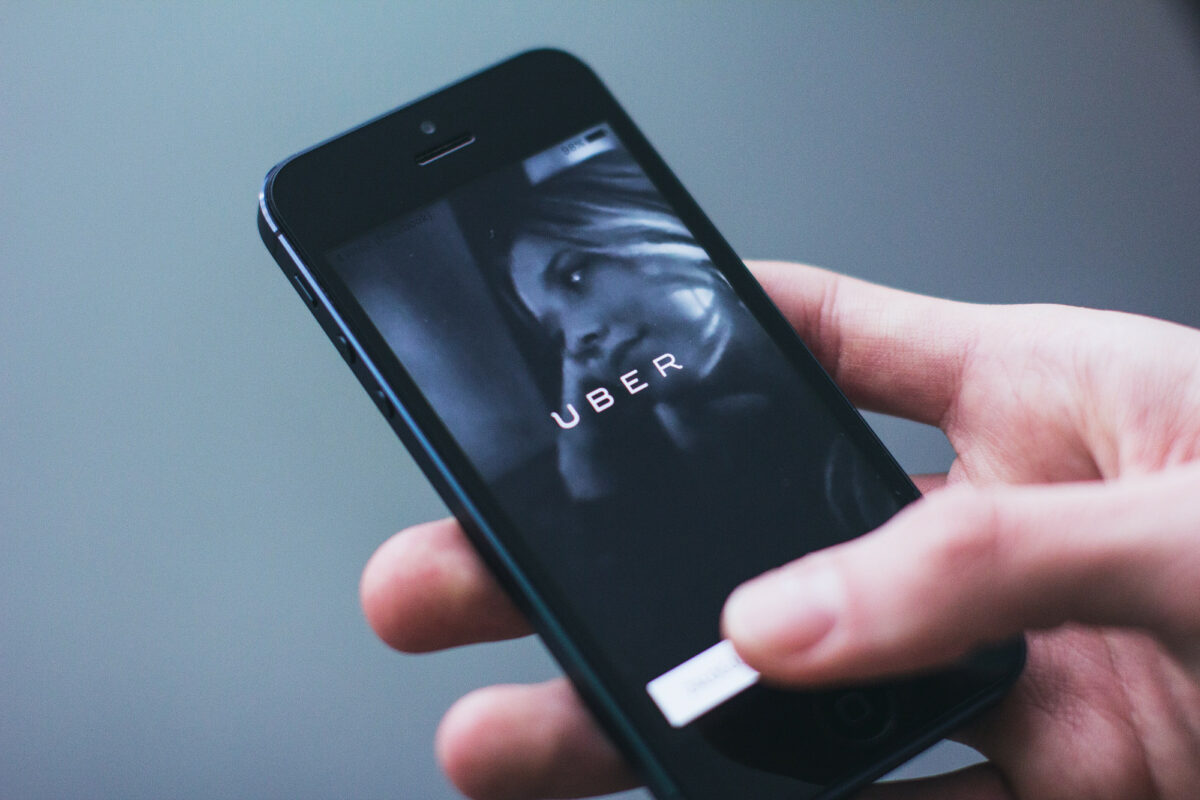Uber stock was up about 2.5% in early trading on Thursday, just hours after a pullback following the company’s Q2 earnings release. Uber missed on analyst estimates for both revenue and EPS, due in part to driver shortages in its ride-hailing business, while rival Lyft reported a huge quarter — but analysts are still bullish on Uber’s prospects.
Analyst Ross Sandler of Barclays maintained an Overweight rating on the stock, anticipating a recovery in the company’s volume, take rate and profitability by November, and advised investors to buy during the pullback. Barclays raised its price target for Uber (NYSE: UBER) to $72 from $63.
Analyst Doug Anmuth of JPMorgan also kept an Overweight rating on the ride-hailing company, raising the price target slightly to $74 from $72. Per Anmuth, while Uber’s EBITDA loss was greater than expected, company management reaffirmed a profitability target for the fourth quarter while temporary driver incentive spending has passed its peak.
“We believe we have enough levers at our control in order to deliver against profitability in the back half of the year,” said CFO Nelson Chai in a Q&A during the earnings call. “We are — as we said on the call — we are substantially leaning in to both supply on the driver and the courier side to make sure we’re there, particularly in the U.S., as the world continues to open. We feel really good about where we are. We executed flawlessly last year during a very difficult time to position the company to be where we are today.”
Uber Delivery delivers
While Uber’s 2Q earnings underwhelmed as a whole, the company continued to overperform on the delivery side. It just added same-day grocery delivery to its list of services, and year-over-year delivery revenue is up 122%. Delivery gross bookings also rose 85% to $12.5 billion, now accounting for around half of the company’s gross bookings.
Uber also saw an increase in trip volume for both its mobility and delivery segments, with total trips up 105% year-over-year to 1.51 billion. Interestingly, the company’s resurgence in mobility trips didn’t come at the expense of delivery demand — even after peak pandemic conditions have subsided.
“Delivery trends remained healthy even as mobility has fully recovered and returned to growth versus 2019,” said Chai. “In fact, delivery in Sydney continues to be a bigger business for us than mobility. Similarly, as New York City has partially reopened dining and other services, delivery demand has continued to expand. In general, as cities open back up, we appear to be retaining our active delivery consumers and their larger basket sizes, even if the frequency of ordering moderate somewhat.”
Related:
Read: Lyft achieves adjusted-EBITDA profitability, sets sights on continued growth
Read: Uber, Lyft and others face a reckoning
Uber has made it no secret that it’s trying to corner the delivery market. In December 2020, the company acquired rival food delivery platform Postmates. In early February, it purchased alcoholic beverage delivery service Drizly. And just a couple of months after that, it bought up the remaining stake in grocery delivery provider Cornershop.
As it stands, the moves seem to have paid off — per The Wall Street Journal, more than three-quarters of leading analysts have a Buy rating on the stock, while the Nasdaq reports an average rating of Strong Buy among 14 analysts.
While delivery is hot right now for Uber, there are certainly some market stimuli to watch out for. For one, Uber and Lyft are pushing a ballot measure in Massachusetts that would provide new benefits and protections to its drivers, which could go a long way toward solving the company’s driver shortage issues.
Another driver of Uber’s stock could be President Biden’s announcement on Thursday of an executive order that sets a goal for half of all vehicle sales to be EVs by 2030. While Uber has made an effort — albeit a slow one — to incorporate EVs into its fleet, many of the company’s drivers can’t afford them. That means that in order for Uber to adapt to a potentially carbon-free future, it’ll most likely need to spend capital on getting its drivers affordable EVs — a lot of capital.
But in the short term, at least, Uber appears to be humming along just fine.
You may also like:
Could Walmart become the next tech giant?
Uber rolling out same-day, on-demand grocery delivery in 400 cities
Arrival and its automated driving system reach major milestone











